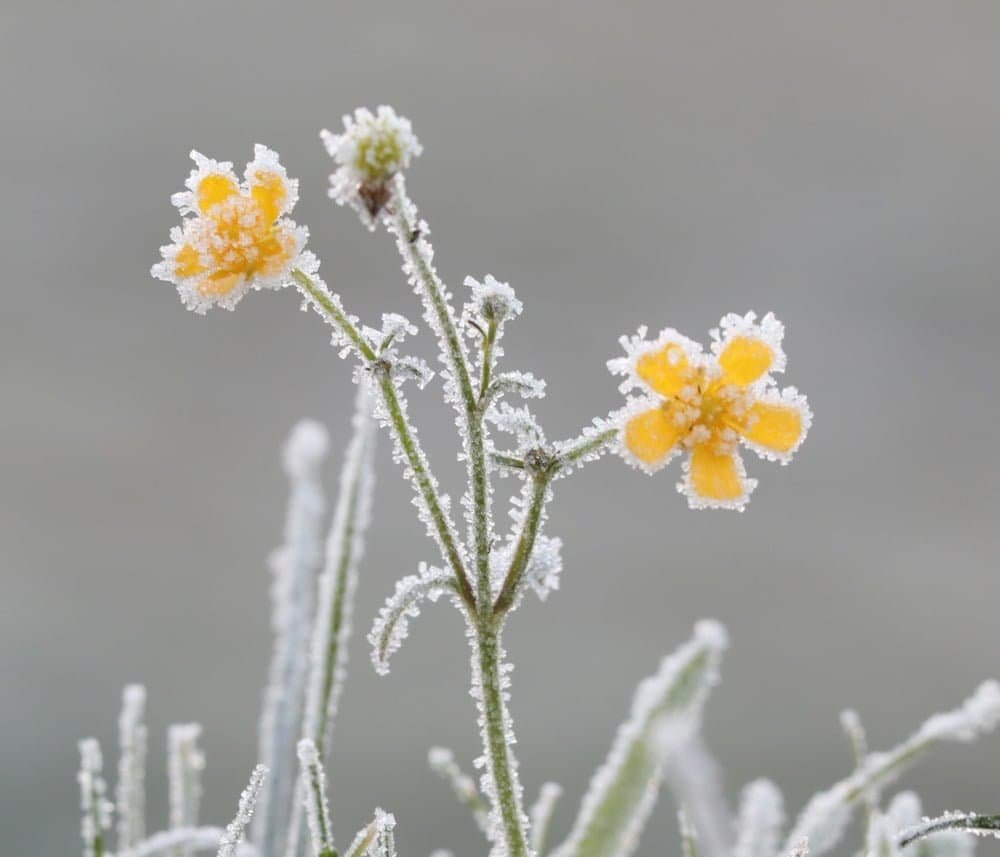Hardiness Zones 5 and 6 typically have a last frost date sometime between late April and mid-May. The following vegetables and flowers can be planted in March or April.

Vegetables
- Peas: Peas are cool-season vegetables that can tolerate frost and should be planted as early as 4-6 weeks before the last frost date.
- Spinach: Spinach is a cold-hardy leafy green that can be planted as early as 4-6 weeks before the last frost date.
- Lettuce: Lettuce is another cold-hardy leafy green that can be planted before the last frost date. Plant it 4-6 weeks before the last frost for best results.
- Radishes: Radishes are quick-growing root vegetables that can be planted directly in the ground before the last frost date.
- Carrots: Carrots are cold-hardy root vegetables that can be planted before the last frost date. They prefer cooler temperatures for germination and growth.
- Onions: Onions can tolerate cool temperatures and can be planted before the last frost date. They are usually planted from sets or seedlings.
- Kale: Kale is a cold-hardy leafy green that can be planted before the last frost date. It is tolerant of frost and can withstand cooler temperatures.
- Beets: Beets are root vegetables that can be planted before the last frost date. They prefer cooler temperatures for germination and growth.
- Cabbage: Cabbage is a cold-hardy vegetable that can be planted before the last frost date. It is tolerant of frost and cooler temperatures.
- Broccoli: Broccoli is a cold-hardy vegetable that can be planted before the last frost date. It is tolerant of cooler temperatures and can withstand light frosts.
Flowers
- Pansies (Viola × wittrockiana): Pansies are cold-hardy annuals that can tolerate chilly temperatures and even light frosts, making them excellent choices for early spring planting.
- Daffodils (Narcissus): Daffodils are spring-blooming bulbs that can be planted in the fall or early spring before the last frost. They provide vibrant yellow, white, or orange blooms to herald the arrival of spring.
- Tulips (Tulipa): Tulips are another popular spring-blooming bulb that can be planted in the fall or early spring. They come in a wide range of colors and add a splash of color to the garden.
- Crocuses (Crocus): Crocuses are early-blooming bulbs that often poke through the snow to produce cheerful blooms in shades of purple, white, yellow, and striped varieties.
- Hyacinths (Hyacinthus): Hyacinths are fragrant spring-blooming bulbs that can be planted in the fall or early spring. They produce dense spikes of flowers in various colors, including blue, purple, pink, white, and yellow.
- Snowdrops (Galanthus): Snowdrops are petite bulbs that bloom very early in the spring, often appearing while there’s still snow on the ground. They have delicate white flowers with green markings.
- Forsythia (Forsythia × intermedia): Forsythia is a deciduous shrub known for its bright yellow flowers that appear in early spring before the leaves emerge. It can be planted before the last frost for early season color.
- Hellebores (Helleborus): Hellebores, also known as Lenten roses, are perennial flowering plants that bloom in late winter to early spring. They come in various colors and have nodding cup-shaped flowers.
- Witch Hazel (Hamamelis): Witch hazel is a deciduous shrub or small tree that produces fragrant yellow or red flowers in late winter to early spring. It can be planted before the last frost for early bloom.
- Primroses (Primula): Primroses are perennial flowering plants that bloom in early spring. They come in a variety of colors and add a cheerful touch to the garden.
- Bare rooted perennials
Remember to check specific planting guides for your area and adjust planting times accordingly based on local conditions and the specific microclimate of your garden.

